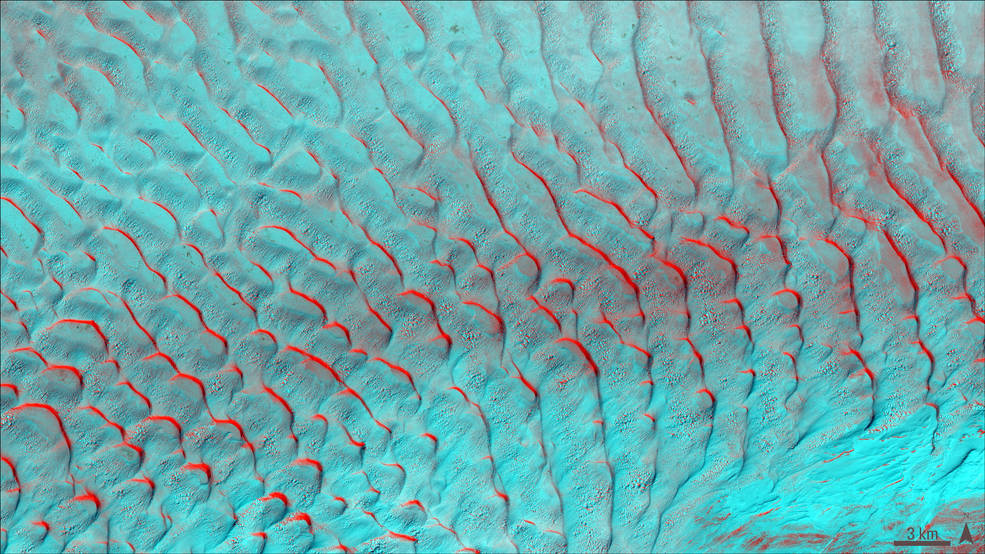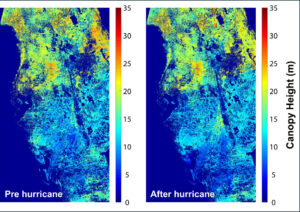By Amanda Moon Adams
In celebration of Earth Day, it’s important to recognize the role of open science in protecting our planet and advancing NASA’s research efforts. Through initiatives like NASA’s Transform to Open Science (TOPS), researchers can collaborate and share data, promoting transparency and scientific integrity.
By sharing research findings and data publicly, NASA is enabling scientists and the public to develop new insights, tools, and strategies for protecting the environment. As we continue to face pressing environmental challenges, it is important to prioritize open science and work towards a more collaborative and inclusive approach to science for the benefit of all.
Open science principles are being leveraged in a variety of NASA programs.

The U.S. Geological Survey and NASA’s Landsat program provides open access to high-resolution images of our planet’s changing surface, which can be used for a variety of applications including monitoring land use and cover changes, tracking the impacts of climate change, and managing natural resources. This information can help inform policy decisions and resource management strategies to better protect the planet’s ecosystems.






